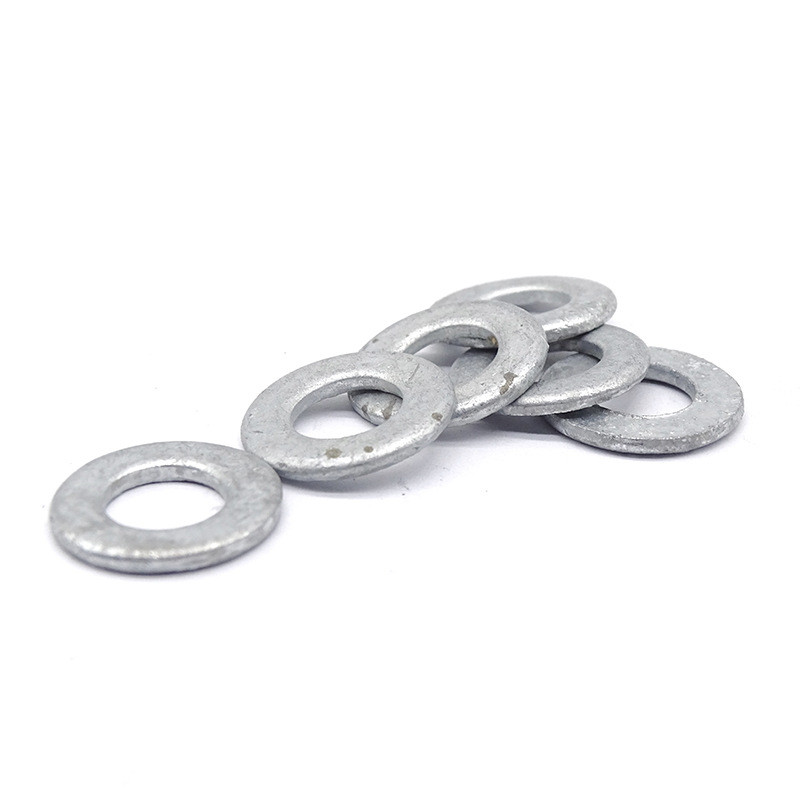

stud bolt m16
Nov . 23, 2024 10:48 Back to list
stud bolt m16
Understanding Stud Bolts A Focus on M16 Specifications
Stud bolts are essential components widely used in various industries, particularly in the construction and manufacturing sectors. They serve as critical fastening solutions, providing stability and strength to structures, machinery, and equipment. Among numerous sizes and specifications, the M16 stud bolt stands out due to its versatility and reliability.
What is a Stud Bolt?
A stud bolt is a long, threaded rod that is designed to be used with two nuts at either end. Unlike standard bolts, which have a head on one end, stud bolts are completely threaded, allowing for installation in situations where traditional bolts may not fit. They are typically used in the assembly of flanged joints, particularly in piping, and are highly valued for their ability to withstand high pressure and stress.
M16 Specifications
The “M” in M16 signifies that the stud bolt conforms to the metric system standards, and the number 16 indicates that it has a nominal diameter of 16 millimeters. M16 stud bolts come in various lengths, which can be customized according to specific application needs. The length and thread pitch are crucial for ensuring proper fit and performance in different environments.
Material Choices
stud bolt m16

M16 stud bolts can be manufactured from a variety of materials, such as carbon steel, stainless steel, and alloy steels. The choice of material typically depends on the application and operating conditions, including temperature, exposure to corrosive substances, and mechanical loads. For instance, stainless steel M16 studs are favored in marine environments due to their corrosion-resistant properties, while carbon steel is often used in construction where cost is a consideration.
Applications
M16 stud bolts find utility in many fields. In the construction industry, they are commonly used to secure beams, columns, and other structural elements. In the oil and gas sector, M16 stud bolts are prevalent in pipeline construction and maintenance, where they help support flanged connections that require high levels of sealing integrity to prevent leaks. Additionally, they are frequently utilized in heavy machinery assembly, where strong and durable fastening is critical.
Installation and Maintenance
Proper installation and maintenance of M16 stud bolts are essential for ensuring the safety and longevity of structures. It’s vital to use the correct torque settings when tightening the nuts to avoid over-stressing the stud bolt, which could lead to failure. Regular inspections for signs of corrosion, wear, or loosening are crucial, especially in applications subjected to vibration or dynamic loads.
Conclusion
In summary, the M16 stud bolt is a robust and versatile component that plays a pivotal role in a plethora of applications across various industries. Its metric specifications and choice of materials cater to diverse operational needs, ensuring strong and reliable fastening solutions. Understanding the characteristics and proper management of stud bolts is integral to maintaining the integrity of structures and machinery they are employed in. As industries continue to evolve and demand increases for reliable and efficient fastening solutions, stud bolts like the M16 remain indispensable.
Latest news
-
Premium Fasteners Manufacturer | AI-Driven Solutions
NewsAug.01,2025
-
Hot Dip Galvanized Bolts - Hebei Longze | High Strength, Corrosion Resistance
NewsAug.01,2025
-
High-Strength Hot Dip Galvanized Bolts - LongZe | Corrosion Resistance, Custom Sizes
NewsAug.01,2025
-
Best Self Tapping Screws for Drywall - Fast & Secure Installation
NewsJul.31,2025
-
High-Strength Hot Dip Galvanized Bolts-Hebei Longze|Corrosion Resistance&Customization
NewsJul.31,2025
-
Hot Dip Galvanized Bolts-Hebei Longze Metal Products|Corrosion Resistance&High Strength
NewsJul.31,2025

